Leapfrogging Literacy
I was furious last Sunday evening. My son, was writing his first mid-term test for his class X. Since morning, my wife and I might have sent him to his books not less than a dozen times but after a while, we found him coming back to iMac or iPad. I lost patience and yelled at him with a serious threat of throwing all the screen-devices out of the window if he didn’t stop. As I ran to find out what keeps him so engaged with these screens, he told me he was just ‘youtubing’. With that, I had almost decided that it’s time to ban these devices in the house. As I snatched the iPad from his hands, I found that he was watching a video demonstrating what happened if liquid nitrogen is thrown on a face! A little glimpse at the video made me settle next to him . And then he showed a video on neodymium magnet and some ‘amazing science stuff’ including NASA TV showing how Juno escaped Jupiter’s magnetic field. I had not realized, till I heard my wife screaming (now at both of us!), that I was watching videos for past 30 minutes with my son a day before his school test– in an attempt to stop him from doing exactly that. After asking him strictly to go back to his books, I started comparing ‘screens’ with ‘books’. I concluded that ‘books’ are no longer essential to get educated, to learn. Literacy, in fact, could be a hindrance to progress in today’s world!
It only requires to experience the multimedia technology to understand what I am suggesting. Scripts were invented to store, retrieve and transfer information. But to learn, acquire knowledge, experience is the best teacher. However, as one can only have limited experience in a life-time, shared experiences become important. With today’s digital technology, ‘true-to-life’ experiences can be captured and shared with a large number of people, with platforms like YouTube, creating immense learning opportunities without essentially knowing to read and write. For example, many of us use our finger prints more than our signatures as we access our iPhones, do shopping, do banking, etc. ‘Angootha Chhaap’ can no longer mean uneducated, ignorant. As biometrics identify and authorize us, voice commands such as ‘Hi Siri’ or ‘Ok Google’ performance tasks while video content with virtual and augmented reality educate us, is knowing to read and write really required? In fact, reading and writing are one unidimensional tools which only reveal a small part of what a human mind can learn. It is laborious and a waste of time to learn using reading and writing. We always knew ‘a picture says a thousand words’ but there was no means, till recently, to instantaneously capture and share the ‘picture’. As using today’s technology near-real experiences are easy to code and share, literacy can just end up remaining a hobby like sketching or painting for a few. It may not be essential to study, learn and be knowledgeable or employable.
Cinema, Television were some of the other means which have been effective in learning and educating but were restricted by expensive, highly technical and not-so-accessible technologies. Today’s technology has no traditional barriers. It is at finger tips, affordable and has much more reach than any other technology. Hence, it has tremendous implications for a country like India, which has realized that the demographic dividend can actually make it a superpower. The biggest hurdle in leveraging India’s vast human resources is education. However, if India decides to follow ‘technocracy’ route to education and science rather than ‘literacy’ route, it can really exploit the opportunity and get ahead in the race. Leapfrogging is something that India has done in recent times. What requires now is to leapfrog literacy. Setting up schools and identifying teachers in every nook and corner of the country would take a significant amount of time. Sending children to school with a promise of meal too has limited impact. However, the way technology is penetrating India, it can be wiser to leverage digital infrastructure rather than the brick-and-mortar schools. Best of the global experts may be roped in to develop context which may be coded with the finest designers and technical experts to have experiential, interactive modules which can be delivered to personalized VR boxes over 4G communication network. Children study KG to PG level curriculum like this, write tests using biometrics, graduate with the finest education, be employable and productive without knowing a single alphabet.
As the new education policy is being drafted with the ‘aim of making India a knowledge superpower’, bypassing ‘literacy route’ and adopting a radical approach using technology appears to be more practical.
Prof. Keyoor Purani is Professor of Marketing Management at IIM Kozhikode and is currently setting up a technology business incubator- IIMK LIVE.
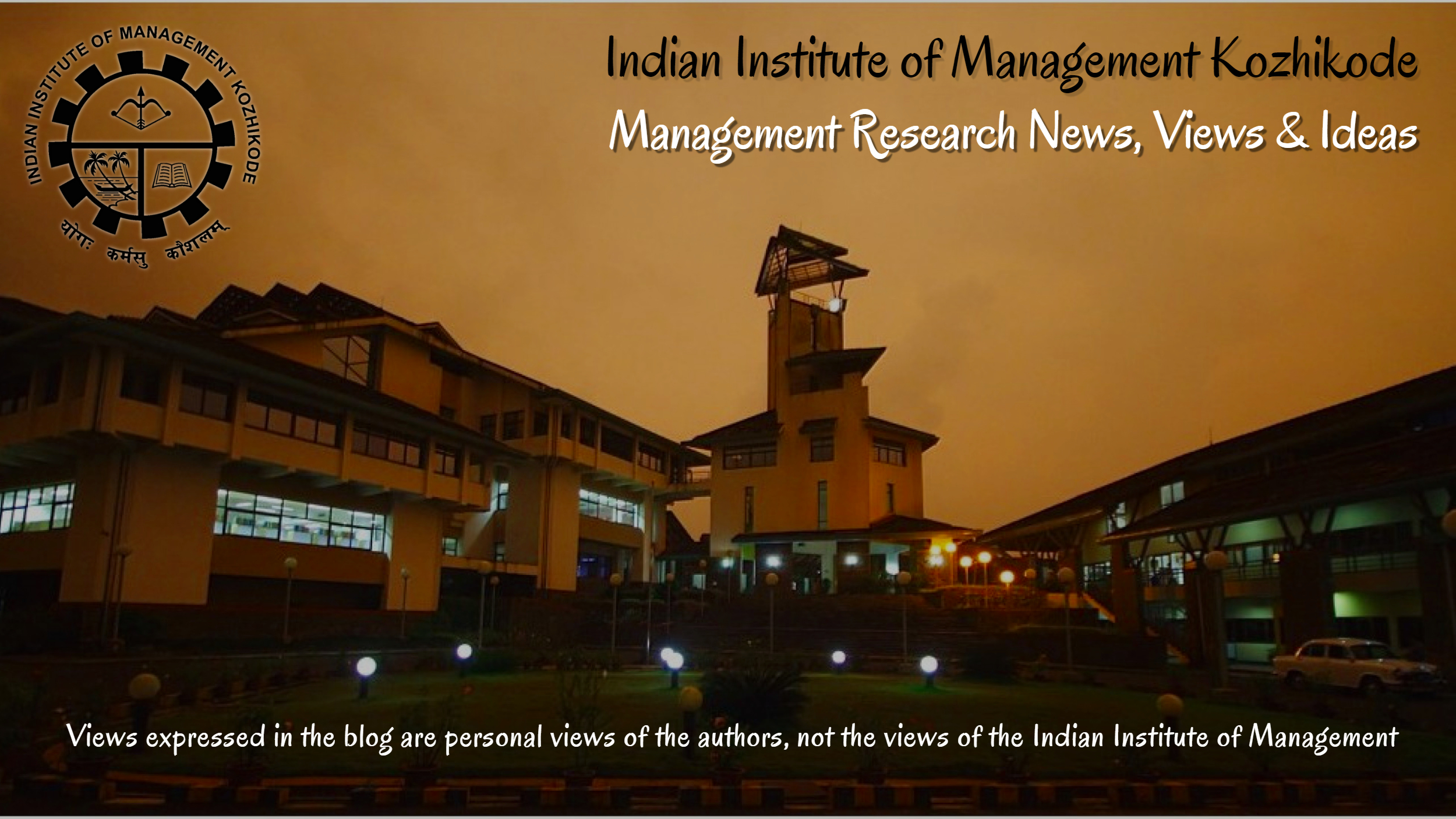


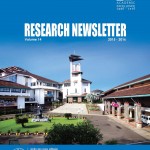
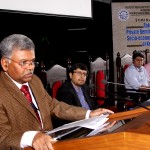
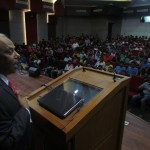
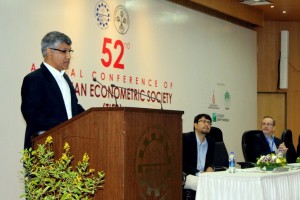

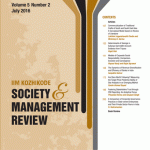
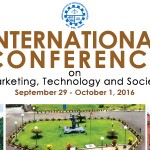
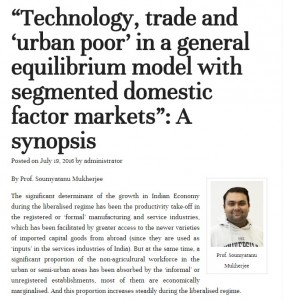
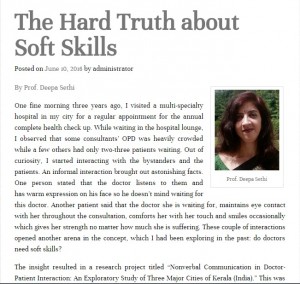



 Users Today : 196
Users Today : 196 Users Yesterday : 468
Users Yesterday : 468 This Month : 2549
This Month : 2549 This Year : 121156
This Year : 121156 Total Users : 545144
Total Users : 545144 Who's Online : 2
Who's Online : 2